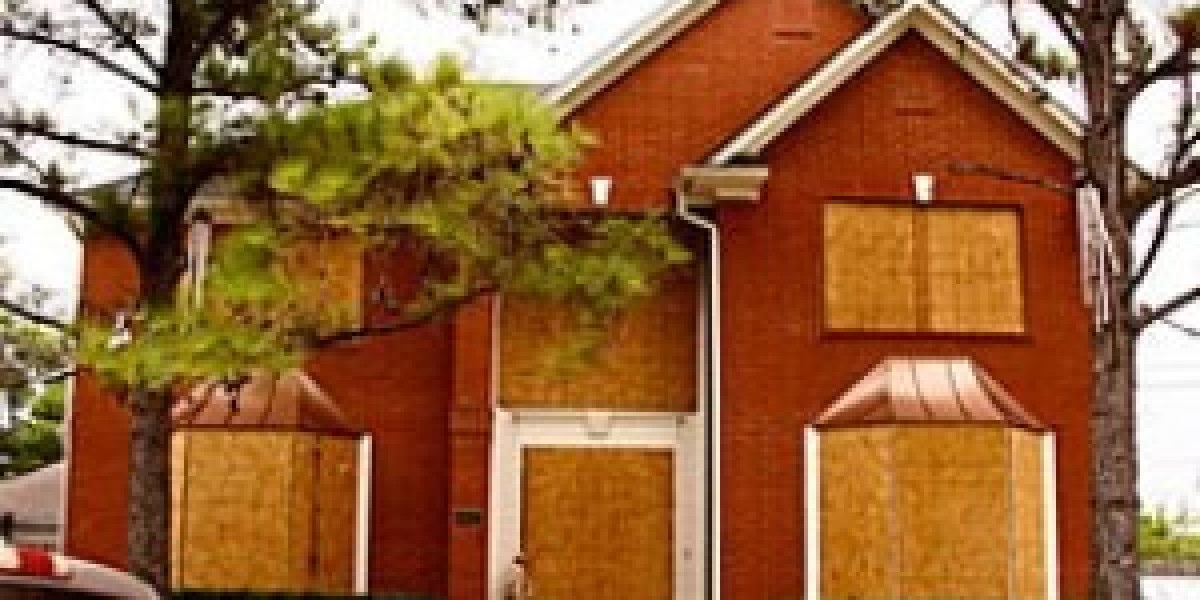
How to Repair Window Leaks: A Comprehensive Guide
Window leakages can be a substantial source of disappointment for property owners, resulting in water damage, mold growth, and increased energy bills. Whether you're handling a minor drip or a more significant leak, understanding the causes and services can assist you deal with the concern successfully. This comprehensive guide will walk you through the steps to repair window repair near me leaks, guaranteeing your home remains dry and comfortable.

Understanding Window Leaks
Before diving into the repair Double glazed window process, it's necessary to comprehend why window leaks happen. Common causes consist of:
- Poor Installation: Improper installation can leave gaps around the window frame, enabling water to leak in.
- Wear and Tear: Over time, the seals and weatherstripping around the window can weaken, leading to leaks.
- Cracked or Damaged Glass: Cracks or holes in the glass can enable water to enter.
- Clogged Gutters and Downspouts: When gutters are clogged, water can overflow and seep into the double glazed window repairs frame.
- Flashing Issues: Improper or damaged flashing around the window can cause water to penetrate the wall.
Step-by-Step Guide to Repairing Window Leaks
Identify the Source of the Leak
- Visual Inspection: Start by taking a look at the window and the surrounding area for any noticeable signs of damage or wear.
- Water Test: Use a garden tube or a spray bottle to damp the outside of the window. See for water to appear inside the room, which can assist identify the exact place of the leakage.
Prepare the Work Area
- Clear the Area: Remove any furnishings or products that might be harmed by water.
- Safeguard the Floor: Lay down plastic sheeting or towels to capture any water or debris.
Examine the Damage
- Inspect the Frame: Look for gaps, fractures, or loose sections in the window frame.
- Analyze the Seals: Inspect the weatherstripping and seals for indications of wear or damage.
- Check the Glass: Check for any cracks or holes in the glass.
Repair the Damage
- Seal Gaps: Use caulk or silicone sealant to fill any gaps in the window frame. Apply a thin, even layer and smooth it out with a caulk smoothing tool.
- Replace Weatherstripping: If the weatherstripping is worn out, remove it and install brand-new strips. Guarantee they fit snugly to avoid air and water from going through.
- upvc door repair near me or Replace Glass: For small fractures, you can use a glass repair set. For larger damage, think about changing the whole pane of glass.
- Repair or Install Flashing: If the flashing is harmed or missing out on, replace it with brand-new product. Ensure it is appropriately set up to direct water far from the window.
Check the Repair
- Repeat the Water Test: Once the repairs are complete, repeat the water test to ensure the leak has been successfully sealed.
- Inspect for Air Leaks: Use a lit candle light to test for air leaks around the window. If the flame flickers, it may suggest a gap that needs additional attention.
Keep the Window
- Routine Inspection: Periodically examine the window for indications of wear or damage.
- Tidy Gutters: Ensure that seamless gutters and downspouts are clear to prevent water from overruning.
- Apply Sealant: Reapply sealant as needed to keep a leak-proof seal.
FAQs
Q: Can I repair a window repair near leakage myself, or should I call a professional?A: Minor leaks can frequently be fixed by homeowners with basic DIY abilities. However, if the damage is extensive or you are uncertain about the repair process, it is best to seek advice from an expert.
Q: What kind of caulk should I utilize for window repairs?A: Silicone caulk is a popular choice for window repairs due to its flexibility and sturdiness. It can endure temperature changes and is resistant to water and UV rays.
Q: How often should I inspect my sash windows repair for leakages?A: It is an excellent practice to inspect your windows at least as soon as a year, ideally before the rainy season or winter season. This can help you capture and address any problems early.
Q: Can I use a dehumidifier to manage moisture from a window leakage?A: While a dehumidifier can help decrease moisture in the air, it is not a long-lasting solution for a window leak. Dealing with the source of the leak is important to prevent more damage.
Q: What are the indications that my window needs to be replaced?A: Signs that a window may need to be replaced include significant damage, consistent leaks, trouble in opening or closing, and high energy bills due to poor insulation.
Window leakages can be a problem, but with the right method, they can be efficiently fixed. By identifying the source of the leakage, preparing the work area, and following the actions laid out in this guide, you can restore the stability of your windows and protect your home from water damage. Routine maintenance and inspections can likewise help prevent future leakages, guaranteeing your windows remain in leading condition.
By taking proactive actions, you can enjoy a dry, comfy, and energy-efficient home.








